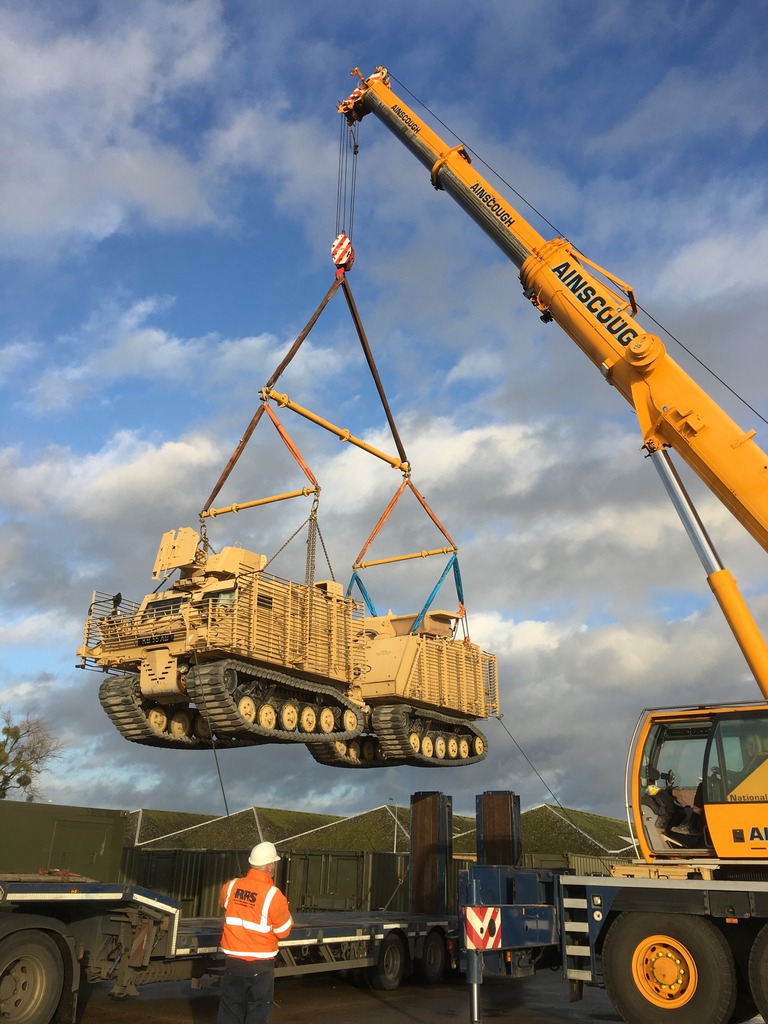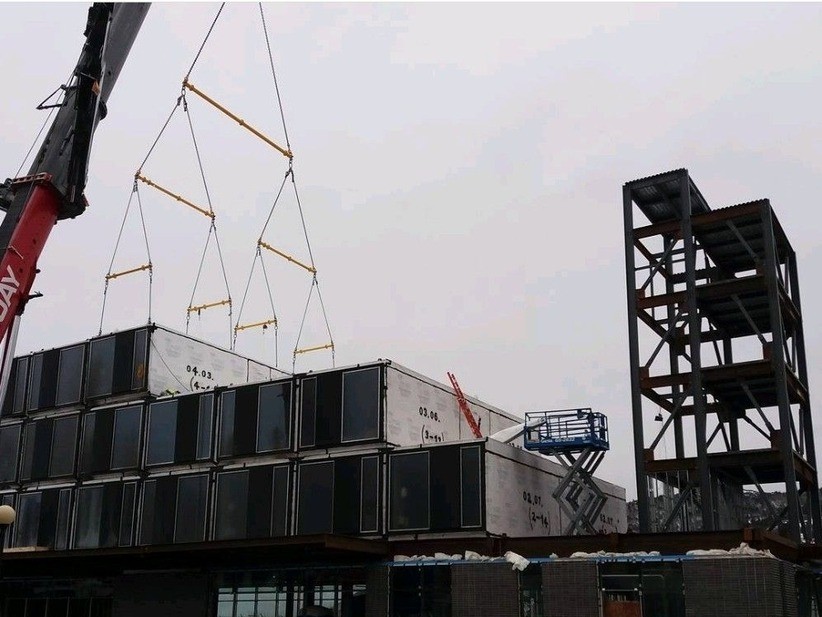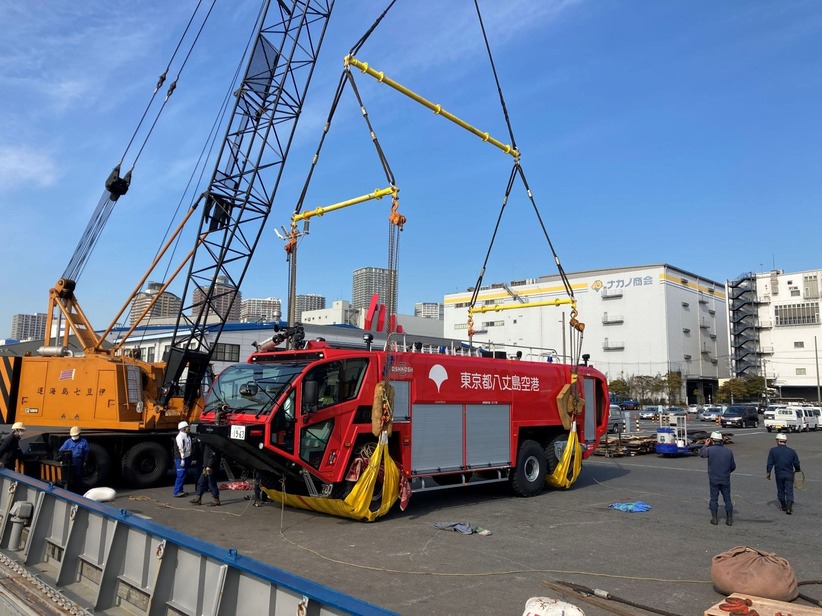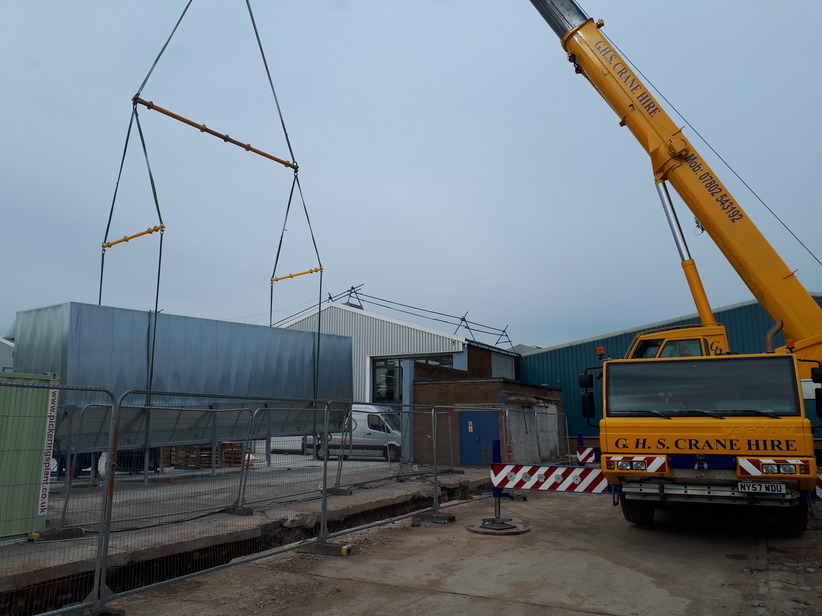Mastering Complex Lifts: Using Multiple Spreader Frames & Beams in Tandem

Techniques for using multiple spreader frames in tandem for complex lifts
- Purpose of Collaborative Lifting
- Configuration and Setup
- Load Distribution
- Synchronisation and Coordination
- Load Monitoring and Safety Considerations
- Applications of Collaborative Lifting
- Advantages of Collaborative Lifting with Multiple Spreader Frames
- Challenges
Collaborative lifting with multiple spreader frames/beams refers to the practice of using more than one spreader frame or beam to lift large, heavy, or irregularly shaped loads. This method is commonly employed when the load exceeds the capacity of a single lifting point or when the load’s geometry requires multiple points of lift for stability. It’s often seen in complex lifting operations in industries like construction, offshore projects, heavy machinery, and shipbuilding.


Here’s a breakdown of how these lifts with multiple spreader frames or beams works and key considerations:
Purpose of Collaborative Lifting
- Lifting Large or Irregular Loads: Certain loads are too large or have uneven weight distribution, requiring multiple lifting points to ensure stability.
- Increased Load Capacity: By using multiple spreader frames or beams in tandem, the overall load capacity is distributed across multiple cranes or lifting devices, allowing the lift of extremely heavy objects.
- Control of Load Stability: Multiple spreader frames or beams are often necessary for especially large, long, or awkward loads where a single frame can’t provide enough stability.
Configuration and Setup
- Multiple Crane Setup: In most cases, multiple cranes or lifting devices are used in conjunction with the spreader frames or beams. The load is distributed among these cranes, allowing them to lift in tandem.
- Master/Slave Configuration: In some configurations, one crane (the master crane) controls the main lift, while the other crane (the slave crane) assists by controlling part of the load. This system helps ensure precise movements and load balancing.
- Symmetrical vs. Asymmetrical Loads: For symmetrical loads, the lifting points are more easily balanced between the spreader frames. Asymmetrical or irregularly shaped loads require careful calculation and positioning to take into account the uneven weight distribution.
Load Distribution
- Equal Load Distribution: In ideal cases, the load is divided equally between the spreader frames and the lifting points, ensuring balanced stress across the entire structure. Load sensors can be used to monitor the forces at each lift point.
- Complex Weight Distribution: For complex loads, the load may not be equally distributed between spreader frames. Load calculations need to account for this, ensuring that each frame and crane can handle its portion of the load without overloading.
- Sling Angles and Force Transmission: The angle and length of the slings connecting the spreader beams to the load are critical in determining the force transmitted to each frame. Ideally, sling angles should be optimized (45–60 degrees) to prevent excessive tension.
Synchronisation and Coordination
- Crane Operator Coordination: The most critical aspect of collaborative lifting is the synchronization between crane operators. The cranes must move in perfect harmony to ensure balanced lifting and prevent the load from tilting, swaying, or becoming unstable. Any misalignment or timing error can lead to accidents or load shifts.
- Communication Systems: Reliable communication systems, such as radio or remote control systems, are crucial for coordinating the lifting process. In larger projects, a dedicated lift supervisor may coordinate the actions of each crane operator.
- Lift Plan: A detailed lift plan is created before the operation. This plan outlines the lifting sequence, positions of the spreader frames, connection points, and the movement trajectory of the load.


Load Monitoring and Safety Considerations
- Load Monitoring: Load cells, tension meters, or other load monitoring systems are often used in multi-spreader lifts to continuously monitor the forces acting on each spreader frame and crane. This ensures no single component is overloaded during the lift.
- Dynamic Forces: Collaborative lifts must account for dynamic forces such as wind, crane movement, or load shifting. These factors can complicate load distribution and affect the balance between spreader frames. Stability measures, such as taglines or guides, can help control the load during lifting.
- Stability: Care must be taken to ensure the load remains level throughout the lifting process. Multiple spreader frames or beams increase the complexity of keeping the load balanced, and uneven lifting can cause the load to tilt or move unpredictably.
Applications of Collaborative Lifting
- Modular Components: In shipbuilding, large sections of vessels are often lifted and moved using multiple spreader frames, allowing cranes to handle massive and awkwardly shaped components.
- Bridge Construction: Large sections of bridges, including girders and trusses, are often lifted in tandem using multiple spreader frames to avoid structural strain during the lift.
- Offshore Oil and Gas: In offshore projects, platforms, pipelines, or massive equipment modules require complex lifting arrangements, often involving multiple cranes and spreader frames to ensure safe load handling.
Advantages of Collaborative Lifting with Multiple Spreader Frames
- Higher Load Capacity: By using multiple frames and cranes, operators can safely lift extremely heavy loads that exceed the capacity of a single crane.
- Flexibility for Irregular Loads: For irregularly shaped or asymmetrical loads, using multiple spreader frames allows for customized load distribution that accounts for different weight points.
Challenges
- Complexity of Coordination: Managing multiple cranes, spreader frames, and lift points requires expert coordination and planning. Mistakes can lead to dangerous load shifts, equipment failure, or accidents.
- Increased Time for Setup: Collaborative lifting requires more time for setup and planning due to the complexity of aligning multiple lifting points.
- Higher Equipment and Manpower Costs: More cranes, spreader frames, and operators are needed, increasing the overall cost and logistical requirements.
Conclusion
Collaborative lifting with multiple spreader frames/beams provides a safe and effective solution for handling extremely large, heavy, or complex loads. While it offers the advantage of increased capacity and improved stability, it requires precise coordination, advanced planning, and constant monitoring to ensure safety.

Frequently Asked Questions
A tandem lift using one or more spreader beams involves two cranes lifting a load simultaneously, with each crane connected through spreader beams or frames. This method allows for the safe handling of long or heavy loads that require distributed lifting points to prevent structural stress or tipping.
A 1-over-2 configuration is ideal when lifting a large load that requires even weight distribution across multiple pick points. The top spreader beam connects to two lower beams, helping balance forces and improve control – especially useful in lifting containers, tanks, or irregular loads.
Synchronisation is achieved through a master-slave crane setup during travel or via centralised lift monitoring systems. These allow real-time load data sharing and coordinated movement, reducing the risk of tilt, swing, or uneven load distribution during the lift. Radio communications are vital for operating safely and should be conducted by trained and qualified personnel, to ensure coordination throughout the lift.
Key safety considerations include ensuring load path symmetry, proper rigging tension, verified weight distribution, real-time load monitoring, and maintaining crane communication protocols. Pre-lift planning and load testing are critical for avoiding imbalance or component failure. For complex lifts, an appointed person (AP) should be present on site.
Yes, modular spreader beams are highly suited for tandem lifts due to their versatility and scalable lengths. They can be configured into complex rigs, such as 1-over-2-over-4 setups, to meet load geometry and lifting requirements with precision.
A 1-over-2-over-4 setup typically requires one primary (top) spreader, two intermediate spreaders, and four lower spreaders, with slings, shackles, and lifting points precisely arranged. This configuration supports wide or irregular loads while maintaining lift balance and structural safety.